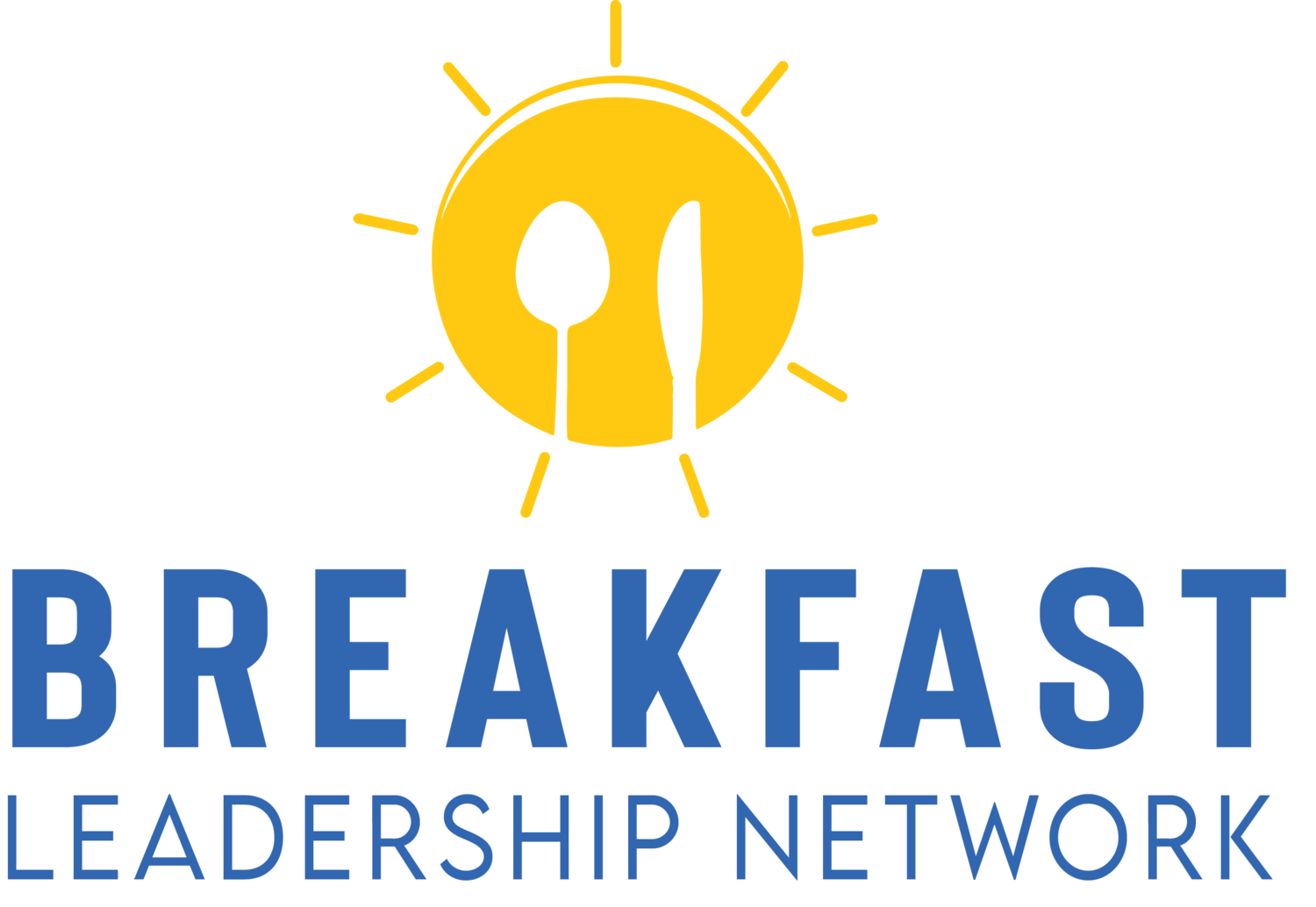How Classroom Tech is Quietly Reshaping the Future Workforce
Modern classrooms don't only contain textbooks and chalk. The students gather around 3D printers, program digitally operated robots, and discuss world problems in video conferencing with peers in a faraway country. This is not just a blinged-out update; this is a silent revolution. The technology that defines the classroom today is producing a workforce of the future that already has a different way of thinking, collaborating, and solving problems.
AI tutors to VR field trips, education tech is more than keeping kids engaged; it is reshaping sets of skills before students even come to the job market. Below is what all this means to employers, policymakers and the future generation of workers.
1. Developing Digital Age Critical Thinking
Rote memorization is now a thing of the past. Students have access to tools such as ChatGPT, Gemini and Wolfram Alpha, which means it is no longer a competition of who will remember the most significant number of facts, but those who can pose the appropriate questions.
Artificial Intelligence Tutors and Adaptive Learning: Websites such as Khan Academy or Duolingo offer customized programs so that students can learn quickly. This develops self-directed problem-solving, which is necessary in remote heavy workplaces.
Gamified Challenges: Minecraft Education Edition also educates students about coding and collaboration to deal with the challenges, just like corporate innovation sprints, where creativity prevails over structured procedures.
The Impact: Employers will soon inherit workers who, having grown up with interactive AV tools in modern classrooms, expect real-time feedback, thrive on iterative tasks, and see tech as a collaborator, not just a tool."
2. Collaboration Without Borders
A tenth grader in Nairobi debates climate policy with a student in Norway via Zoom. A coding team in Brazil builds an app with peers in India using GitHub. Classroom tech has erased geographic barriers, normalizing cross-cultural teamwork long before careers begin.
Global Project-Based Learning: Programs like PenPal Schools connect classrooms worldwide, simulating multinational corporate projects.
Cloud Tools: Google Workspace and Notion teach kids to co-edit documents and manage workflows. Such are the skills that can be easily applied to remote work.
The Impact: Future workforce will not only have to put up with hybrid work; they will expect it, and they will come with their digital collaboration skills that are already well developed.
3. Coding, Creativity, and the "Unexpected" Skills
Not every student using classroom tech will become a programmer, but exposure to coding logic is reshaping how all industries operate.
Coding and Writing: Programs such as Scratch expose 6-year-olds to logic structures in a manner embodying computational thinking, work that they may use in marketing, data analysis or supply chain management.
VR Creativity: Such tools as Tilt Brush allow art students to create in a three-dimensional space, combining technical and artistic knowledge, which is crucial in architecture visualization or game development.
The Impact: Even "non-tech" roles will require comfort with automation. A future marketer might tweak an AI-generated campaign draft, while a nurse could adjust diagnostic algorithms.
Addressing Equity Gaps and Over-Reliance
UNESCO calculated in a 2023 report that 40% of low-income nations do not have access to basic edtech tools, which may lead to a two-tier workforce.
The Digital Divide: More affluent districts are testing AR labs when others contend with haphazard WiFi, widening the talent gap.
Critical Thinking Erosion: Repeated use of AI writing tools may prevent the development of crucial thinking unless they are evenly coupled with conventional education.
The Challenge: Policymakers must ensure that tech is an addition to human mentorship and not a substitute for it, and that opportunity should not be determined by access.
How Employers Will Benefit (And What They Should Prepare For)
The expectations of the students that the current classroom technology will shape will be unprecedented:
Demand for TechIntegrated Roles: Young employees will want common employment in which automation and AI helpers are not something to be afraid of, as they contribute to a functional work environment for employees.
Continuous Learning Culture: Due to the increasing importance of Microcredentials (such as online badges), they can be at the same level of equivalence as a degree, and businesses will likely start prioritizing skills over background.
Ethical Tech Fluency: Gen Alpha will challenge the privacy of data or the bias of AI to the extent that it alters the corporate responsibility.
Conclusion
The tech in the classroom is not simply transforming the ways we instruct our students, but what it means to be work-ready in the first place. The next generation of workers will combine technical literacy with human evolutionary creativity, global collaboration as the norm rather than the exception, and questioning of customary hierarchies.
For business, it means changing hiring practices, spending money on equitable upskilling, and embracing the fluidity that such digital natives represent. For schools, it is a call to innovate with diversity. By understanding and adapting to these shifts, employers can effectively harness the potential of this digitally fluent workforce, ensuring a future where innovation and collaboration thrive.
EDRIAN BLASQUINO
Edrian is a college instructor turned wordsmith, with a passion for both teaching and writing. With years of experience in higher education, he brings a unique perspective to his writing, crafting engaging and informative content on a variety of topics. Now, he’s excited to explore his creative side and pursue content writing as a hobby.
LinkedIn I Facebook I Portfolio
